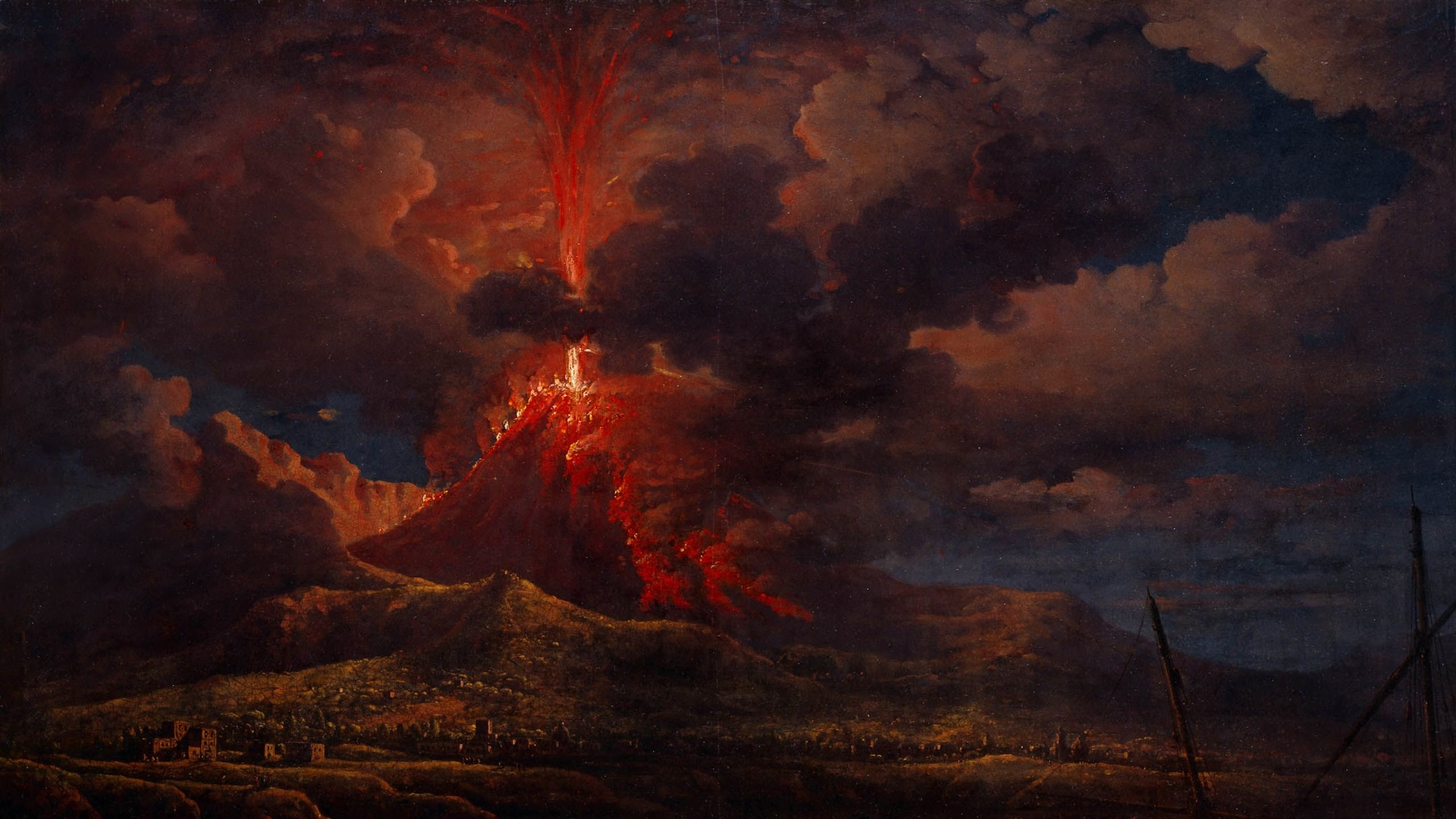, in A.D. 79, Mount Vesuvius erupted, shooting over 3 cubic miles of debris up to 20 miles (32.
1 kilometers) in the air. As the ash and rock fell to Earth, it buried the ancient cities of Pompeii and Herculaneum. According to most modern accounts, the story pretty much ends there: Both cities were wiped out, their people frozen in time.

It only picks up with and the excavations that started in earnest in the 1740s. But has shifted the narrative. The story of the eruption of Mount Vesuvius is no longer one about annihilation; it also includes the stories of those who survived the eruption and went on to rebuild their lives.
The search for survivors and their stories has dominated the past decade of my archaeological fieldwork, as I’ve tried to figure out who might have escaped the eruption. Some of my findings are featured in an episode of the new PBS documentary, “ .” Pompeii and Herculaneum were two wealthy cities on the coast of Italy just south of Naples.
Pompeii was a community of about that hosted thriving industry and active political and financial networks. Herculaneum, with a population , had an active fishing fleet and a number of marble workshops. Both economies supported the villas of wealthy Romans in the surrounding countryside.
In popular culture, the eruption is usually depicted as an apocalyptic event with no survivors: In episodes of the TV series “ ” and “ ,” everyone in Pompeii and Herculaneum dies. Get the world’s most fascinating discoveri.
















